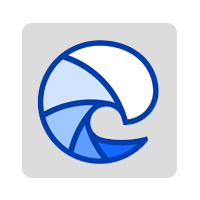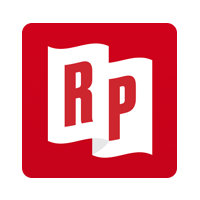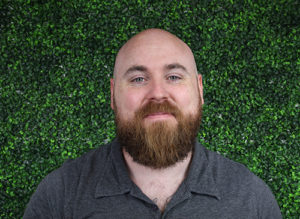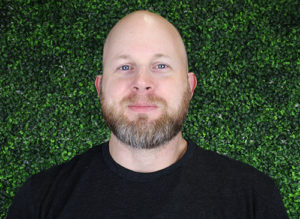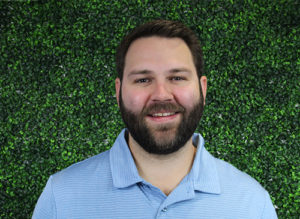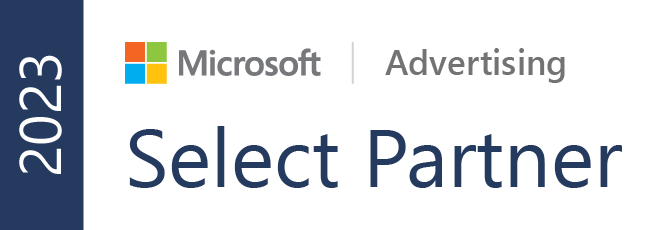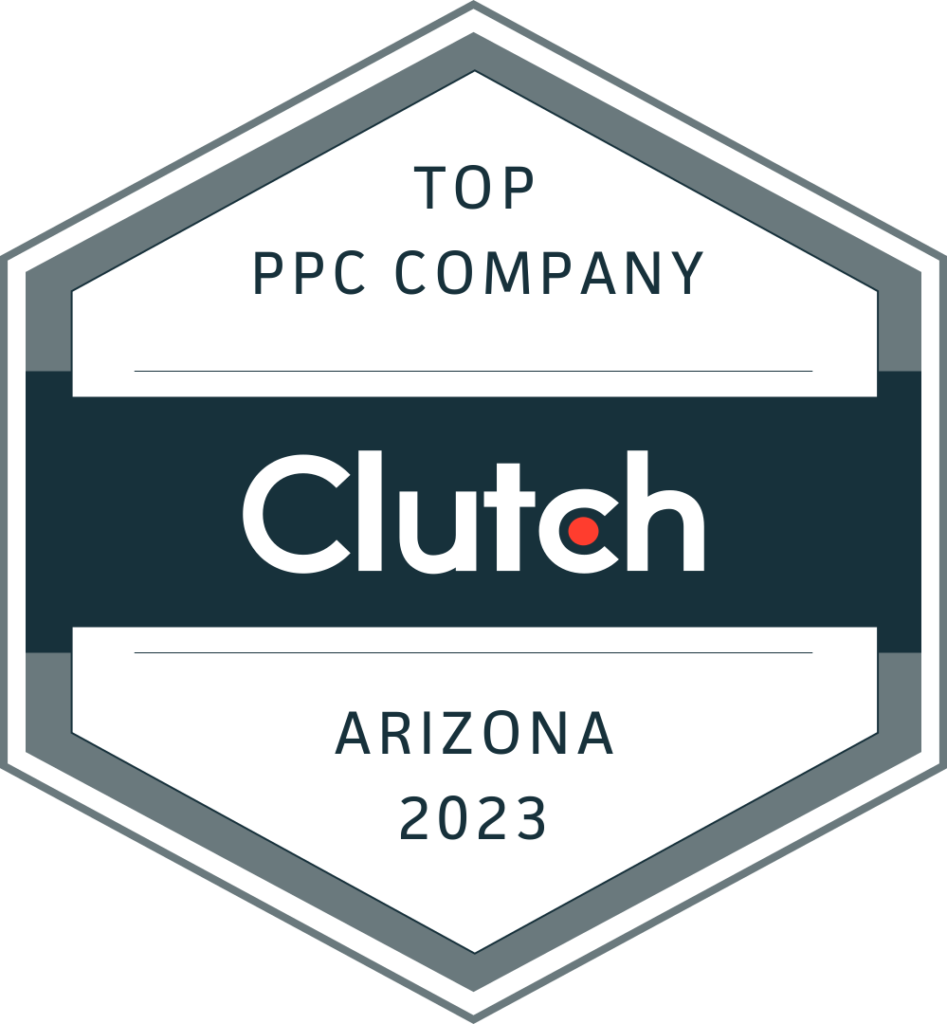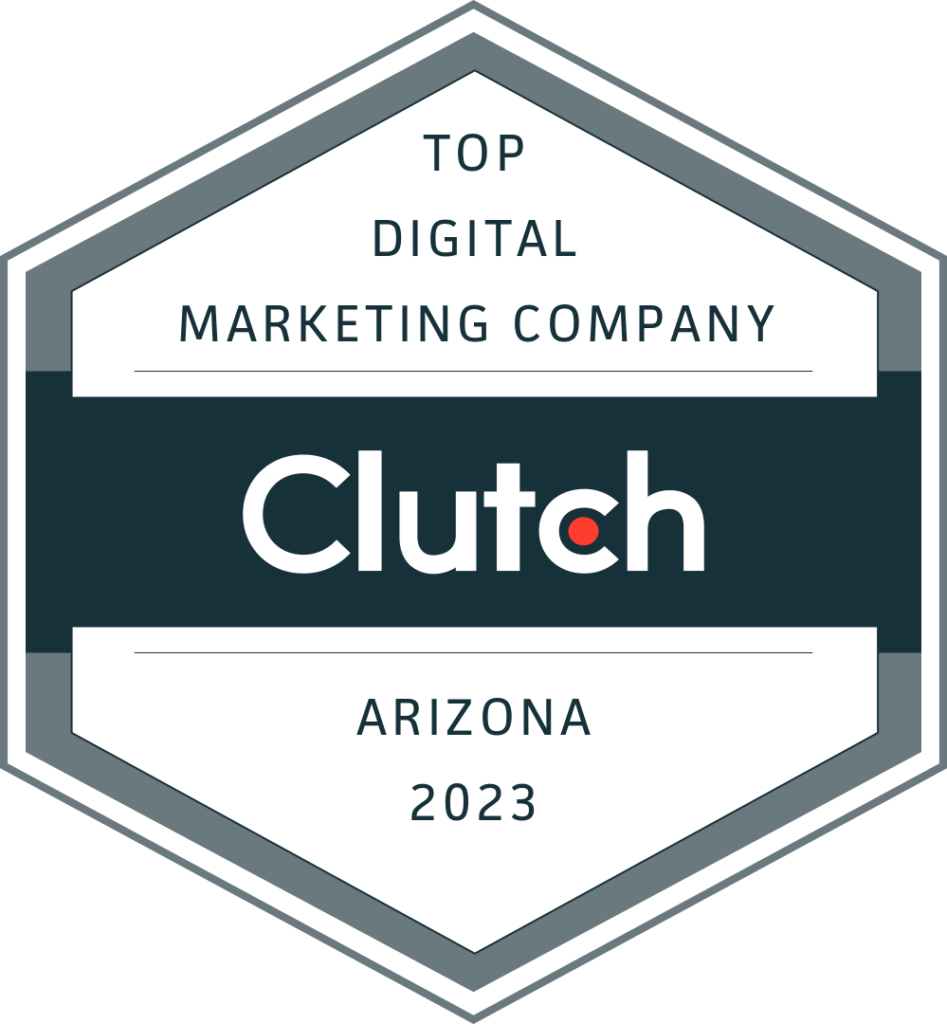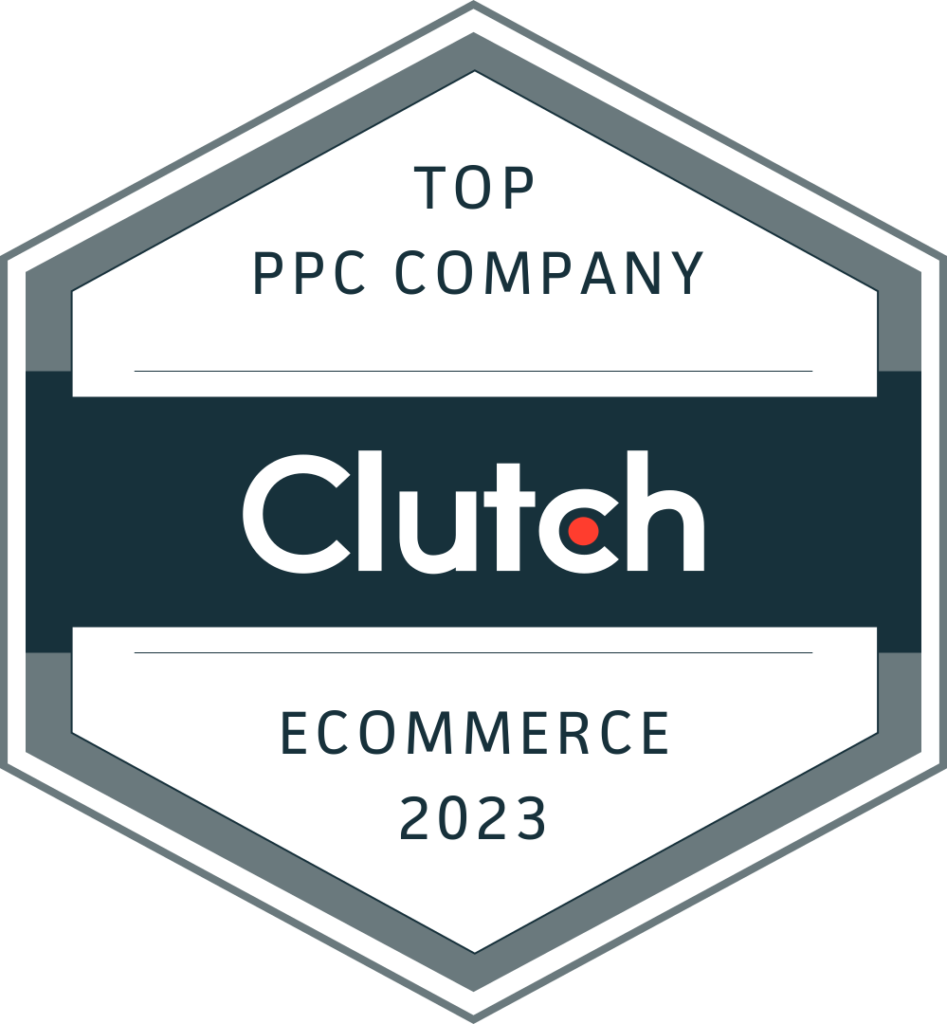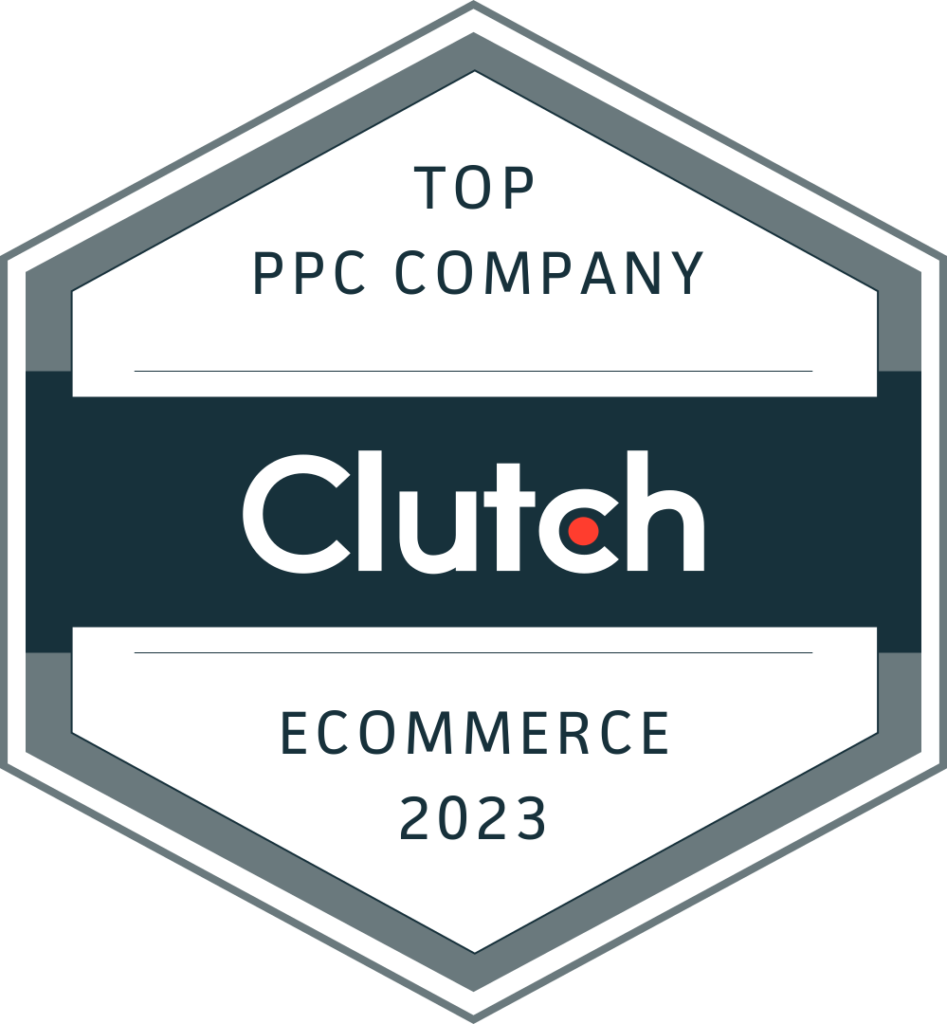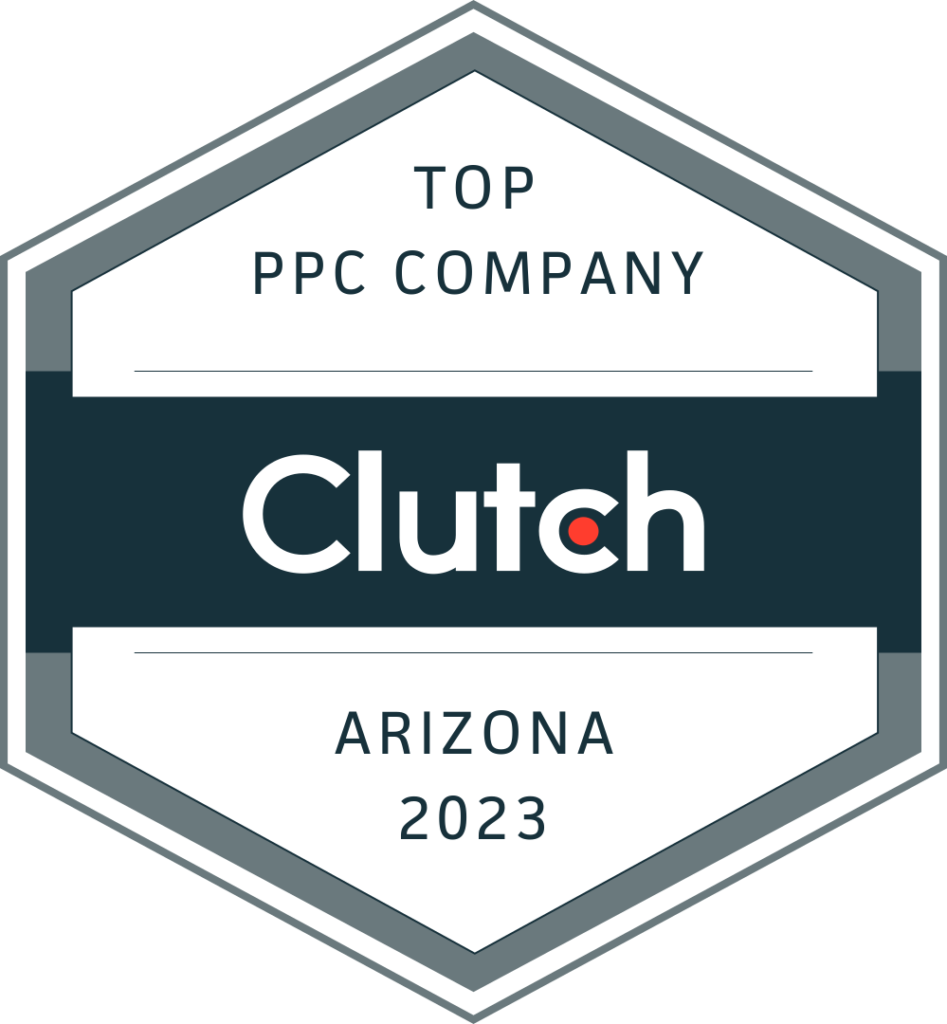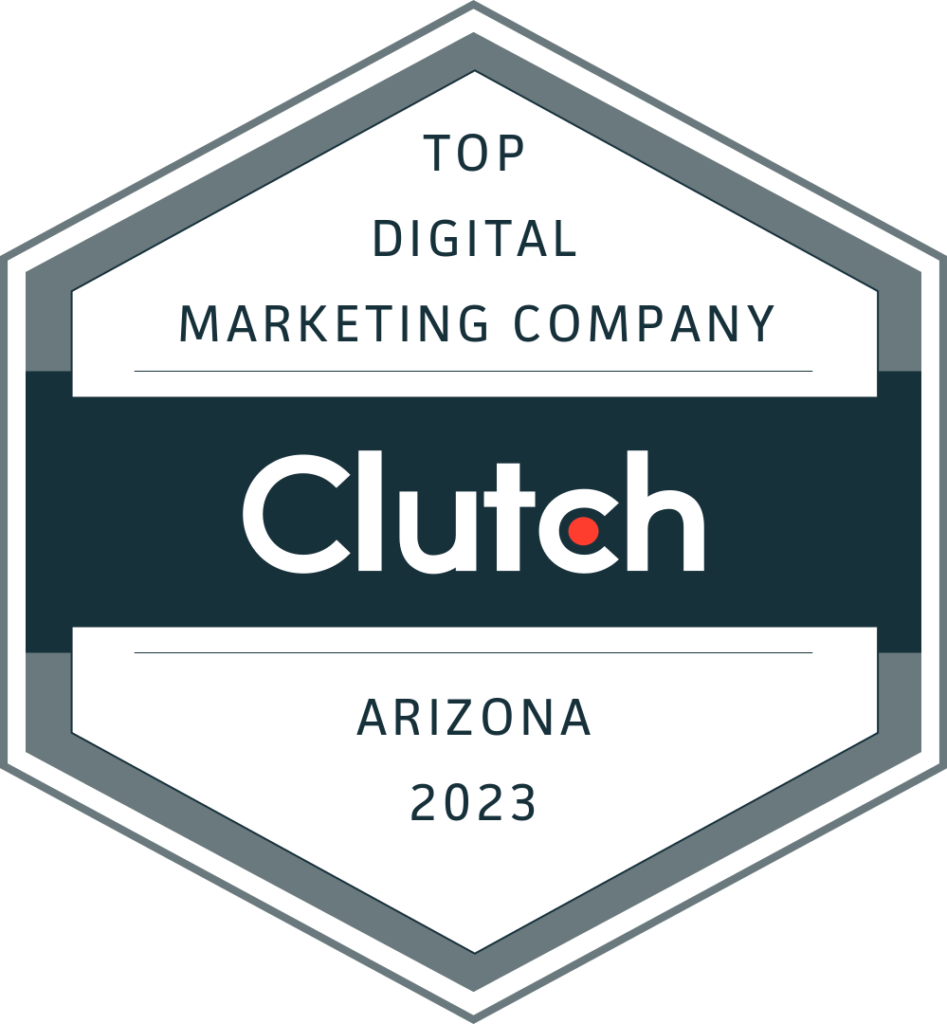
Episode 17
Google Ad Settings You Should Always Check

Watch
[00:00:16.790] – Speaker 1
Paying for Attention welcome back to Paying for Attention, a podcast where we talk about paid media myths and solutions around your common problems. Today we’re going to be talking at lead quality Analysis. This is a favorite topic of ours here at Mega, Thos. So we’re really excited to share with you some things. And specifically today we’re going to be talking about five ways to increase qualified applicants for higher education companies. Sorry, higher education. So today I’m joined by Keegan Brown, CEO of Megatos. Hi, Keegan.
Hey, Andrew.
[00:00:50.410] – Speaker 1
Good to see you. So we’re going to start off with demographics. Really? I think your audience is obviously the key to any marketing, but even more specifically with higher education, it’s extremely important. Right. So if you can take us through a couple of the things that we think through in building audiences for higher Ed clients.
[00:01:11.050] – Speaker 2
Yeah. So just getting right into it a big thing with really any client or any type of marketing campaign. We want to make sure we take a look at the current data that we have. Right. So taking a look at qualified applicants over the last few years, if you have it, and taking a look at their location, their age, those types of demographic information to get an idea of who you should be targeting. It sounds very simple, but you’d be very surprised with how many marketing teams at universities that we’ve worked with that really don’t even start there or really have an understanding of who that is and how they should start targeting their marketing campaigns.
[00:01:57.070] – Speaker 1
Yeah. I mean, it’s not uncommon. Right. We want to start somewhere, obviously. I think typically higher Ed, the advantage we have there is there’s going to be a lot of historical data. They already have students. So we have a place to start on there. Sometimes we get startups in here. Right. And we’re like and they say, who should I be targeting? I would love some historical data to go off of. So I’m not casting a wide net and narrowing from there. The advantage with higher Ed is we have current students to go off of. What do your current students look like?
[00:02:30.690] – Speaker 2
Yes. When it comes to overall higher education, definitely look at your current students, current qualified applicants. And when you’re looking at graduate programs, another kind of layer of demographic information that you can take a look at is what’s the most common set of undergraduate degrees. So if you’re an MBA, if you’re looking at MBA applicants and students that you currently have, you probably noticed that a good majority of those MBA students have an undergraduate degree in business. That allows you to target things like LinkedIn and Facebook to make sure that you’re getting students not only from the programs that are most commonly generating those students, the MBA program, but also possibly the school. A lot of graduate schools have undergraduate universities that have an affinity for those graduate programs. Usually it’s similar to locally. Right. So definitely something there that is good to try and target.
[00:03:43.080] – Speaker 1
You touched on locally. And I think this is an interesting point and I have a kind of screwball question there because in this remote working world. Right. Koba changed everything with the way we work. Have you seen that effect? So let me preface this with obviously traditionally an MBA program. Let’s continue with that example. Traditionally, you would target the region around the University and ask those students to come to campus. Now we have some sort of remote learning options. Have you seen that hit the higher Ed space at all with the onset of Covet and virtual learning and things like that?
[00:04:25.040] – Speaker 2
Yeah, I would say it really comes down to where you’re at and targeting in the funnel. So, for example, I would say when we’ve done this with other universities and colleges, when we’re looking at grad programs, typically it’s going to be locally. Right. So what we’ve seen on channels like Google for paid search is the shift away from local targeting. So precovet, most of the applicants were coming from the same city or Metro area as where the graduate program is because either they went there for their undergrad or a surrounding University that they got their bachelor’s and then they started working in the area. Right. A lot of people don’t move, especially from big Metro areas. Right. Or it’s just the awareness factor. Right. Driving around the Phoenix area, we see a lot of ASU billboards, unfortunately. So I think that’s a big part of it. Either they already went to an undergrad program nearby and they start working in it, or just when you’re in that Metro area, you’re going to be more aware of those universities that are near to you. Right. But as that kind of expanded, a lot of those people postcoded.
[00:05:49.830] – Speaker 2
A lot of those people who went to their got their undergraduate degree in one city are now living in completely different cities and States. So the search volume around those is much different over the last year and a half, two years than it was before, whereas much more probably 80 90% locally. Now it’s maybe a little bit more like 50 50 or maybe 60 40 locally. But when it comes to a little upright in the funnel, middle and top of funnel, when you’re looking at things like paid social and display, again using LinkedIn as the example here, you still want to use the schools that are probably within a local area around that graduate program. So again, in the case of Arizona, if your ASU, you probably will be targeting U of A. Nau, probably some Southern California schools as well, just because those are the people that you know already went to the schools, they’re already aware of ASU and they’re more likely to actually become a student there for the graduate program. But on the search side, because you don’t have that specific undergrad degree type targeting, you kind of have to leave it a little bit more open.
[00:07:09.430] – Speaker 1
Yeah. And you touched on the affinity for the graduate degree program you’re targeting. You have built in probably of your targeting is already built in. Right. Someone looking for an MBA is likely has an undergraduate business degree. Use that to your advantage. Right. They majored in they got a degree in marketing. They got a degree in accounting, finance. Right. That’s the majority of your targeting right there. So, yeah, that’s what you look at as well. And then the other obvious one is age. Right. And it seems obvious. But don’t widen your targeting to age ranges that are not likely to be students. Narrow that down. We have that option in all channels to target by age. So let’s use that to our advantage. So on the agency side, obviously ask the client, what is the typical age range? I’m sure it’s probably a Bell curve. Right. So there are probably outliers, but use the majority there to know. Okay. 75% of my students are going to be within 25 to 30 years old for an MBA program. Right. So use that to your advantage and work off that data so that we’re not wasting ad spend on 55 year olds who are well into their career.
[00:08:35.420] – Speaker 1
Seems obvious, but definitely do what you can on the audience side so that you don’t waste that spend. And then on the client side, be sure to share that with an agency. Right.
[00:08:44.660] – Speaker 2
Yeah.
[00:08:45.120] – Speaker 1
It seems so simple. But any demographic information that you have is super useful to your agency.
[00:08:53.070] – Speaker 2
Yeah. And just to add on that, we work with a handful of different universities, and some of the MBA programs require maybe a year or two of experience. Right. So you want to make sure that they’re not 21 years old because just generally speaking, most 21 year olds don’t have an undergraduate degree and two years of professional experience. So to apply for your MBA program. Right. And then some of those universities have an executive MBA, which do require 1012 years experience. So probably not looking at the 18 to 24 year old range, you probably want to look at 30 plus. And so that’s definitely extremely important when you’re looking at lead quality for these different types of programs and making sure you have the understanding at a program level.
[00:09:39.680] – Speaker 1
Yeah, program level. That’s a perfect way to sum it up because it’s not a one size fits all. The University is obviously going to offer a wide range of degrees and even certificate programs. Right. Those are coming on the scene now and they’re a lower cost option, and it’s still continued education. But maybe you don’t need that two to four years of real world experience for certificate program. You come right out of College, you want to better your resume. You go get a certificate program or do a boot camp or a coding boot camp. So just keep all of these things in mind when doing your targeting. Right.
[00:10:16.790] – Speaker 2
Definitely.
[00:10:17.490] – Speaker 1
So moving on in terms of implementing the demographic targeting, what do you see as the biggest mistake universities make when implementing their demographic targeting?
[00:10:29.890] – Speaker 2
Yeah, I think this is a tough question because what we’ve seen over the last few years is an increase in Privacy and those types of efforts from these different platforms like Google and Facebook. But I think the biggest thing that we’ve seen is obviously universities want diversity, and that’s extremely important to them. And it makes sense. But it is extremely difficult to do that with these paid platforms because of the data Privacy concerns that consumers have had and users of these different platforms have had. So when it comes to really targeting for diversity, it gets very difficult. When you’re looking at gender diversity or racial diversity and ethnicity, it’s extremely difficult. And so when you’re looking at platforms very bottom of the funnel, like Google for paid search, you really have very limited options in terms of the diversity that you kind of increase there there isn’t anything really that we could utilize to increase different nationalities and ethnicities and races Besides our geo targeting. Right. And that’s, again, just very general. Right. And so it can get very difficult. And even with platforms like Facebook and Instagram, they’ve implemented new policies over the last couple of years that have really limited the ability to target those certain different demographics.
[00:12:01.900] – Speaker 1
Yeah.
[00:12:02.310] – Speaker 2
So kind of expecting that from paid programs can be extremely difficult and limited when you’re actually implementing those demographic parameters.
[00:12:12.070] – Speaker 1
And the other consideration there, I would say, is yes. I mean, it’s not impossible geographically to target. My program is seeing a flux of applicants from Singapore. Right. And it’s not impossible to target Singapore. The consideration on our end as an agency optimizing your accounts is, well, Singapore may perform four X worse. Right. And so are you willing to pay forex more for and maybe not four X worse. Maybe on the front end, it looks even. Right. It looks even with your Southern California program. And we’re targeting Los Angeles County versus Singapore. Right. Just as a random example. And the cost per lead looks the same. Well, what if we dive into the lead quality and we’re just getting lucky lose? I hate to use that term, but we’re just getting lucky lose from other countries. Right. They’re just converting and they’re not becoming students because it’s a huge barrier to move to a new country, work around the visa issues and everything like that. Right. So that’s where lead quality really comes in into play is sure, it may look like it may look like even performance on the front end, but did you dive that extra layer deeper?
[00:13:30.860] – Speaker 1
And I think that’s really what we’re trying to get at in this entire conversation is did you dive that layer deeper and understand. Okay, how are your leads turning into qualified students and applicants. And in the end, obviously paying students, obviously, you have to hit your bottom line. And we’re aware of that. And we want to make sure that the leads that we’re sending to a higher education institution or University is getting positive return on their investment. Right, right.
[00:14:04.600] – Speaker 2
Yeah. At the end of the day, everybody is looking at enrollment numbers. And so as an agency, we’re always obviously concerned with that and making sure that we hit those goals set. So looking at actually getting to those numbers and being able to see those the third step is really setting up tracking leads through the application process and enrollment process. Right. And so with that comes a lot of technical pieces to make sure that we can track from the time that somebody searches for a relevant program to what we’re offering all the way down to them enrolling and kind of starting their first day of classes. And really what starts with that is really making sure that you have a structure in place to make sure you’re tracking those keywords search queries, ads and copy to the program and tracking with UTM the user all the way through the entire student journey before they start classes. And we know with a lot of our higher education clients using CRM like Salesforce and Slate, setting up those fields in those platforms for the channel, for the ad, copy for the landing page, for the program, for the keyword, and making sure that we track the entire process through so that at the end of the day, we can say X percent of your budget on paid search, X percent of your budget on paid social, went to this keyword, to this ad, to this audience and generated this many applicants and enrolled students.
[00:15:49.930] – Speaker 2
That’s going to be the biggest way that you can start to gather that data and make sure that you can optimize in the future.
[00:15:56.410] – Speaker 1
Yeah. And this is a key difference from higher Ed and other lead Gen entities and companies. Right. A lot of times we see a classic miscommunication between marketing and sales. Right. There’s a gap there sometimes where marketing is delivering leads, sales is frustrated, they’re not communicating with each other. And we’re having issues with lead quality is the bottom line foundational issue. Well, with higher Ed, you don’t necessarily have a sales team. Right. You’re expecting the people who are applying to be serious applicants. And so you kind of filter it out that way. And you’re able to filter applications as opposed to have a salesperson do a discovery call in a classic lead generation scenario. Right. So you don’t necessarily have that miscommunication. However, it’s still very important to have these technical items set up in your Salesforce slate, for example, to be able to see and not just see where it came from. But we’re going to get to this in a minute and see exactly what keyword. They search for paid search what campaign they came from and LinkedIn. Right. So using those UTM to track that, that allows your agency to do some serious data analysis on okay.
[00:17:23.030] – Speaker 1
I know your qualified applicants come from this keyword more often than not. This device. More often than not. This geo more often than not. Right. And having all that data available to us is super important for us as an agency.
[00:17:35.890] – Speaker 2
Yeah. I think to that point, analyzing those leads from paid media. So being able to, like you said, look at those different keywords campaigns, GEOS, ad copy, and being able to really find what is working and what’s not working, and being able to allocate budgets. And again, another step in the process. That what we have found. Most higher education organizations are not utilizing to their benefit and optimization for these campaign and marketing strategies. And it’s something that becomes very technical very quickly. But being able to go back and actually analyze that data and optimize allows you to take that information and those insights back up another level and to have higher level conversations around. Why are these specific undergrad degrees leading to this graduate degree? How do we get more of them? What schools are kind of feeder schools to us? What are the demographics, the locations that are generating these enrolled students, and being able to plan more traditional marketing around them, planning more outreach to these different segments and audiences that you can start to plan around. And so it’s extremely important not only for paid media, but for the organization as a whole.
[00:19:05.110] – Speaker 2
And you can take that back to program directors, mission teams, and be able to give that so that they can start to do more outreach.
[00:19:13.450] – Speaker 1
And I also want to hit on that. It’s also program by program. Right. If you’re a graduate business school, you don’t have just one program. You have MBA’s, executive MBAs. Your target is different. Your audience looks different. So we can’t again, I already hit on it. But you can’t apply a one size fits all approach and say this keyword was great. This channel was excellent. Right. It may take different audiences, different ways through the funnel to become a student. And so it’s almost like we almost look at it as if they’re their own clients. Right. You almost have to treat them as if their own each program is its own client. When we do QBRs, we don’t just talk about here’s performance. Right. We talk about with a higher Ed University, for example, we don’t talk about here’s performance as a whole. We go program by program and talk about here’s the performance of this program. This program didn’t do as well this quarter. Here’s some insights as to why and here’s what we’re going to do about it. Right. And that’s extremely important as well. With that, I think the final thing that you touched on there that I want to get into a little bit more is sometimes, especially on the paid social side, they’re not quite ready to apply to your program.
[00:20:34.480] – Speaker 1
Right. From one ad view, one ad click. Right. You’re serving them a LinkedIn ad. And yes, they’re in market, they’re looking for a program, but they’re probably looking for four or five programs in betting them. Right. So how do you stay on top of those types of people and make sure that we don’t lose them after one ad click and they go to the competitor University in the area.
[00:21:02.410] – Speaker 2
Yeah. I mean, obviously there we know that especially in higher education, there are several steps before a prospective student actually applies for your University. Right. And so really making sure that you have that full funnel approach from top of funnel down to middle of funnel down the bottom of the funnel, getting them to actually apply, and making sure that you’re hitting them on the different channels, hitting them with different messaging, hitting them with different resources to help them guide them through to making that decision. I can still look back at my undergrad program and thinking about the resources that I was given that actually made me apply for the school that I did. And then kind of the last step before I did that. And really one of the ways that you can do this is by tracking Multi Step Attribution. Right. Or Multi Touch Attribution. So seeing all of those different digital channels that are bringing them to your site and what’s actually making them convert and what are those most common pathways that are doing that? What are those campaigns? What are those pieces of content that you’re delivering to them throughout the different stages to get them to actually convert?
[00:22:21.440] – Speaker 2
And so there’s a lot of different tools out there that you can utilize to build up that multi Touch Attribution. So the fifth way is really understanding each touch point in that student’s journey to actually applying for your school.
[00:22:36.850] – Speaker 1
Yeah. I don’t have a ton to add on the multi touch attribution, although it’s extremely important because like I said, you don’t want someone to enter your funnel and then you stop serving content relevant information to them. So obviously have more than just a paid media marketing plan to work on that. Obviously, universities are pretty good at having an email marketing campaign going on. Like, hey, I saw you were interested in this program. Here’s some more information on it toward the school. Yeah.
[00:23:10.420] – Speaker 2
Like, imagine every single person who ever raised their hand said, I want to go to your University. You take them on a tour and the entire tour is apply. Right. It’s not going to work. Tell them why they should apply, show them the benefits of the school, maybe the campus, all those different things. Right. And so making sure that you’re giving them the right things throughout the funnel to make sure that they understand why and where they’re going and the reasons why they should go.
[00:23:39.720] – Speaker 1
And another reason we really enjoy the challenge of working on higher education clients is the competitive landscape is intense, isn’t it? Like some companies, maybe they’ll have two or three direct competitors, if you’re lucky. Right?
[00:23:56.160] – Speaker 2
Yeah.
[00:23:56.550] – Speaker 1
Universities have hundreds, literally hundreds. And geography is a competitor of yours. Not even deciding to put off getting your higher education degree. Obviously a threat. More a threat than a competitor.
[00:24:13.550] – Speaker 2
But online schools.
[00:24:14.910] – Speaker 1
Yeah, online, even within your own programs. Right. Maybe you don’t offer a specific program they’re looking for. They raise their hand and were interested and your competitor offers the specific program that they were looking for. That’s another threat. Right. So the competitive landscape is intense and we really enjoy staying on top of that type of thing and pulling those insights and understanding what’s specifically going on there and what we can do about it. Daniel, our creative manager who’s not able to be on this podcast, but he would love to talk about that in terms of serving content. Right. The really segmenting out your audience based on some insights we found Based on the competition and saying, hey, my program manager says we’re losing a lot of students to this other program or for this or that reason, we’d love to develop a landing page that talks about those two or three points that will entice that user to that potential student to become an actual student and not lose them out to the competition. Right. So it says it’s similar with any other industry. Right. You obviously have to consider your unique selling propositions in a way and really segment out your ad campaigns and serve content that makes sense for that situation.
[00:25:36.770] – Speaker 1
Right?
[00:25:37.870] – Speaker 2
Yeah, it can be a lot when you have 510, 1520 programs. Right. So it’s really about learning the foundation of what works for every program and being able to build that for each specific program and testing.
[00:25:55.910] – Speaker 1
Right?
[00:25:56.230] – Speaker 2
Right.
[00:25:57.170] – Speaker 1
Constant testing and optimization, even on the display side. What display creative got me the most actual conversions. Right. And just constantly testing, going through iterations, not only quarterly, for example, and looking at it and analyzing it and not leaving it at well, that one did better. Let’s just roll with that one. Just testing again. Right. Well, thank you, everyone. That’s really all we had for today on lead quality and ways to increase qualified applications for higher education. I hope you enjoyed and got some good Nuggets out of there. We enjoyed talking to you about it. Until next time from Andrew Hollington, director of strategy and Keegan Brown, CEO at mega. Thus, we thank you for tuning in and look forward to seeing you next time.
Have a Question?
If you have a question regarding paid media, fill out the form below and we will do our best in answering it in our show.





